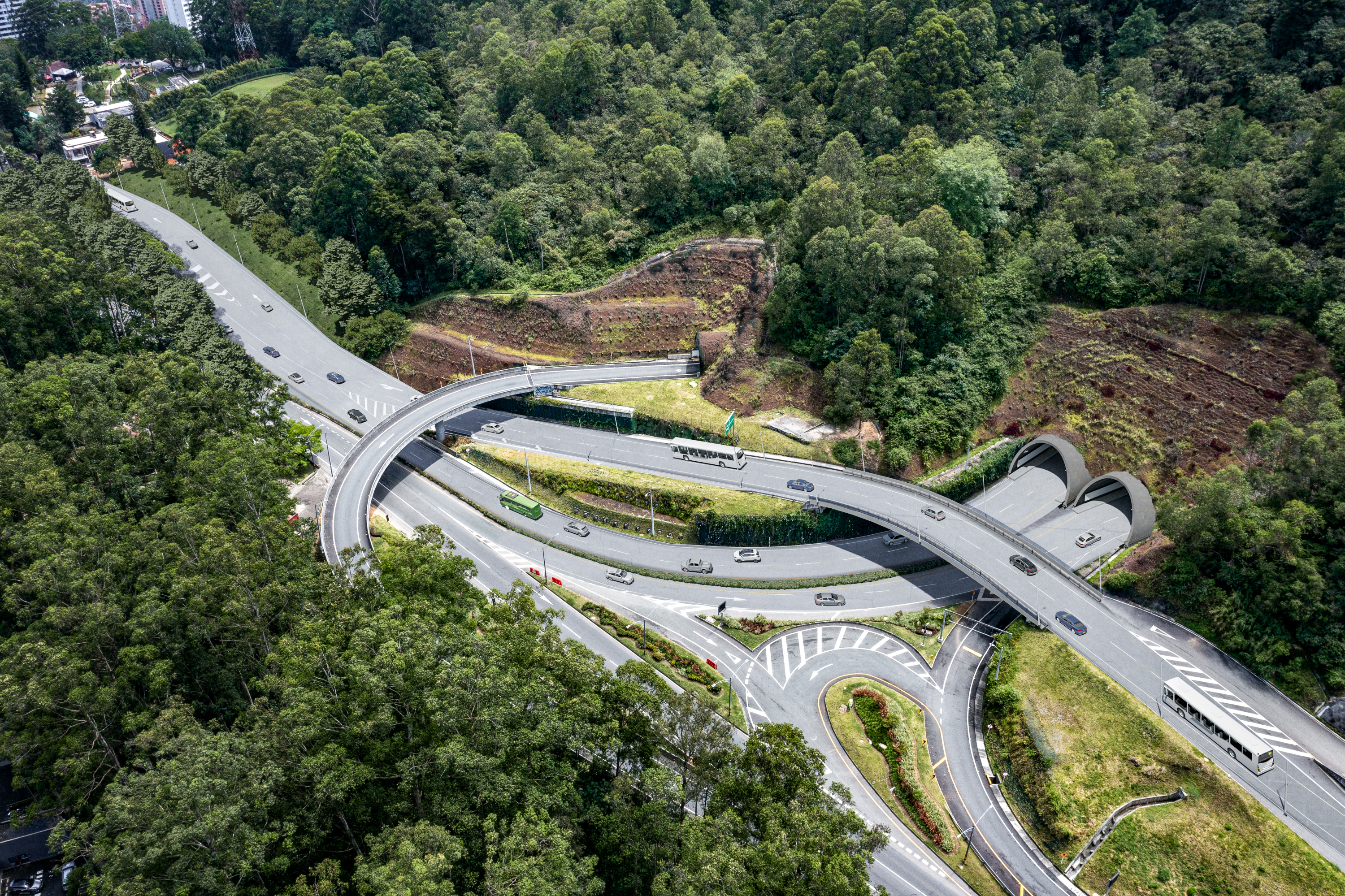Three banks and a state entity will finance the Oriente Tunnel Concession, which connects Medellín to José María Córdova International Airport.

The development of the second phase of the Oriente Tunnel project, connecting Medellín with José María Córdova International Airport, was secured after Odinsa and the concessionaire responsible for the project secured financial closure with 1.8 billion pesos in funding, a large portion of which came from several banks in the country.
Grupo Aval, through Banco de Bogotá, Grupo Cibest, with Bancolombia, Davivienda, and the state-owned National Development Finance Corporation (FDN), are participating in the structuring of the syndicated loan that will allow for the development of this megaproject.
Grupo Aval is participating with 600 billion pesos, of which Banco de Bogotá holds 300 billion. This transaction was structured through Aval Banca de Inversión, bank spokespersons indicated.
For its part, Grupo Cibest, through Bancolombia, contributed 700 billion pesos, resources with which the organization reaffirms its capacity to promote the development of strategic, sustainable, and high-impact infrastructure for the country.
Banco Davivienda, in turn, will finance 120 billion pesos of the total raised, and the FDN placed 380 billion.
Carlos Preciado, the concession manager, stated: "This bank support is a milestone that marks the activation of all construction fronts for the second phase, which is already 12 percent complete. It will allow us to move forward with the project's construction on schedule, continuing to contribute to the region's development and connectivity."
The project will have an estimated duration of 3.5 years and will generate more than 2,000 direct jobs. Its comprehensive approach to sustainability includes energy efficiency measures, environmental protection, and social investment in the communities in the area of influence. Furthermore, the concession is certified as a carbon-neutral infrastructure.

This is what the second lane of the Eastern Tunnel will look like. Photo: Second Eastern Tunnel
“At Banco de Bogotá , we remain committed to promoting projects that strengthen the business community and connect regions with greater opportunities. The financing of the Túnel de Oriente Concession reflects our commitment to developing infrastructure that boosts competitiveness, mobility, and growth in Antioquia and the country. We believe in the transformative power of this type of project, not only for its impact on road connectivity, but also for its ability to boost businesses, attract investment, and improve the quality of life for more people,” commented Rafael Arango Calle, Vice President of Business Banking and an officer.
The second stage of construction includes the lining, paving, and installation of electromechanical equipment for the 8.2-km Santa Elena 2 tunnel; the construction of the 780-m Seminario 2 tunnel; the construction of 4.5 km of viaducts and open-air roads connecting the two tunnels; the construction of the second parallel viaduct in Sajonia; and the expansion of access to the Loreto highway, which will improve mobility at the Seminario tunnel exit toward Las Palmas highway in Medellín.
“At the Cibest Group, we believe that infrastructure is a transformative tool for building more sustainable, resilient, and connected communities. This project will not only improve mobility between two strategic valleys, but will also boost regional development, strengthen competitiveness, and bring us closer to a more integrated country,” said Mauricio Rosillo, Vice President of Business at Bancolombia.
This project, led by Odinsa Vías—a road infrastructure platform formed by Odinsa and Macquarie—and the Aburrá Oriente Tunnel Concession, had already received support from Bancolombia for financing its first phase, during the operational phase, thus reaffirming its commitment to developing key infrastructure for the country.

This is what the second lane of the Eastern Tunnel will look like. Photo: Second Eastern Tunnel
In total, 8.9 kilometers of tunnels and 5.3 kilometers of roads will be developed, consolidating this infrastructure as the most agile and busiest route in the Antioquia region, and as a strategic axis for mobility and competitiveness of the territory.
To date, the concession has made progress in executing preliminary activities for financial close agreed upon with the Antioquia Governor's Office, such as social and environmental management and early works involving the foundations of the Sajonia 2 bridge in Rionegro and Bocaná 2 in Medellín, structures that form part of the open-air road connection, and the construction of the industrial road.
"We thank the Cibest Group, Bancolombia, and the financial market for their support . The financing of the second phase of the project is a seal of confidence in our management and in the infrastructure sector as a driver of progress and development for the country," said Mauricio Ossa, president of Odinsa.
The project is designed as a dual carriageway, allowing for more efficient traffic management, greater operational capacity, and a significant reduction in congestion. In terms of road safety, the design incorporates monitoring systems, lighting, and specialized equipment, aimed at reducing accident rates and ensuring safer traffic conditions for all users.
eltiempo





